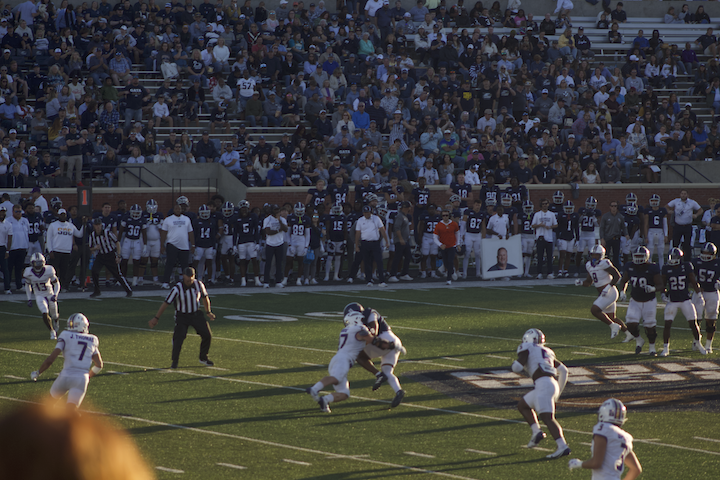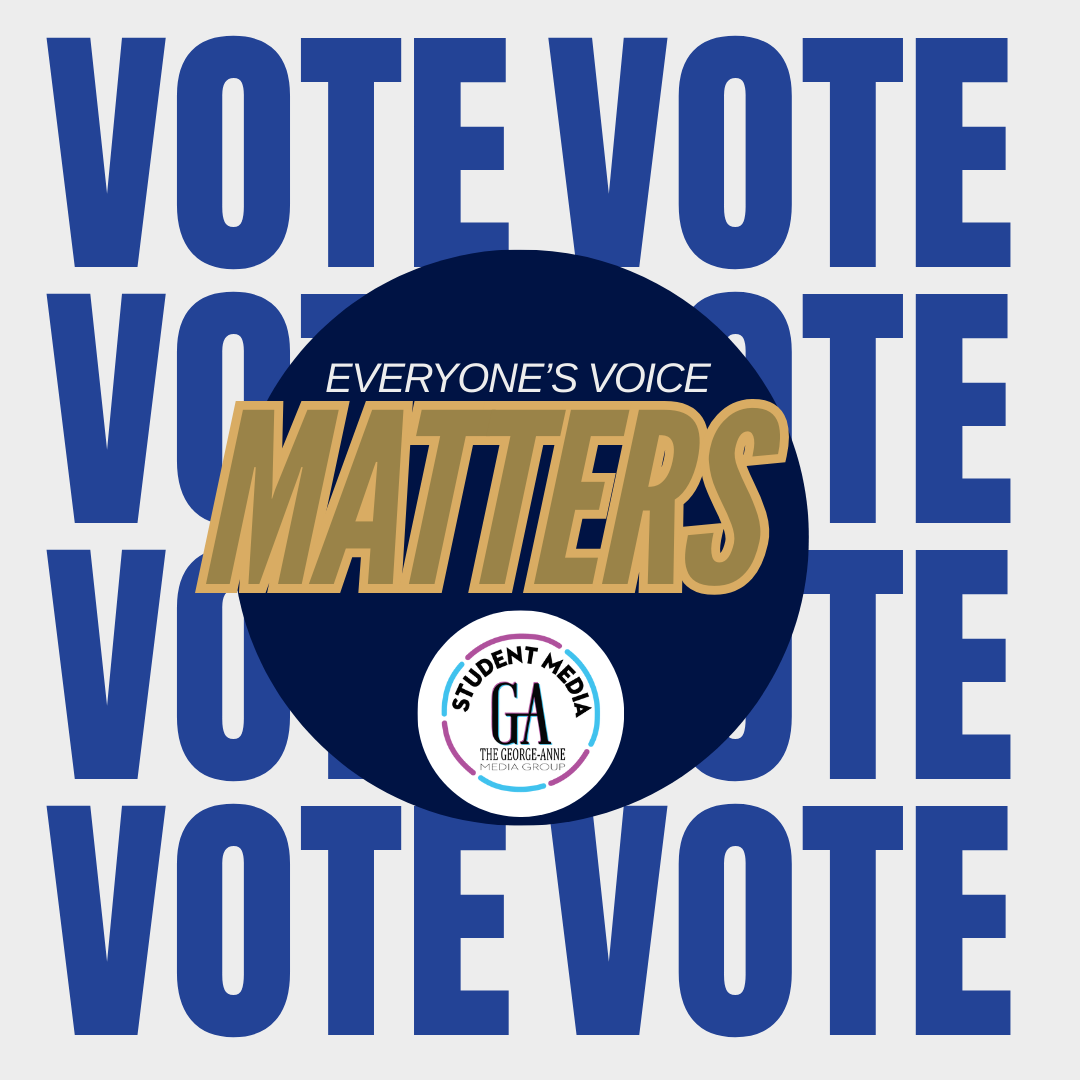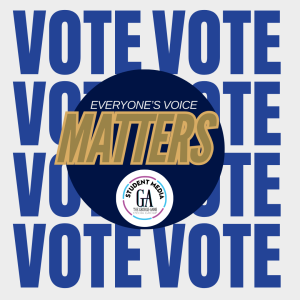The Absurdity of Vanity Sizing
February 2, 2017
Have you ever tried on a pair of pants from one clothing store and then tried the same size at a different store only to find out it doesn’t fit you at all? One of the most common reason this can happen is due to vanity sizing.
 Perhaps the pants you tried on were much too tight and wouldn’t budge past your knees. Maybe the pants were super baggy and did not hug you in all the right places. The reason for this is mainly due to vanity sizing, in which retailers and popular store brands slap a size 2 sticker on the label of a size 10 pair of pants. This makes the customers feel better about themselves and they become more inclined to purchase the article of clothing.
Perhaps the pants you tried on were much too tight and wouldn’t budge past your knees. Maybe the pants were super baggy and did not hug you in all the right places. The reason for this is mainly due to vanity sizing, in which retailers and popular store brands slap a size 2 sticker on the label of a size 10 pair of pants. This makes the customers feel better about themselves and they become more inclined to purchase the article of clothing.
Many retail store employees are unaware of this mainly because their job is to persuade you to purchase their brand’s clothing.
Eric O’Neal, an employee who works at Citi Trends, was asked if he knew what vanity sizing was and he replied, “I believe that vanity sizing is when your shirt can stretch to fit all sizes. Is that right?” He added that he is merely an employee and only wants to make money; how was he supposed to know? When asked the same question, West Seal manager Treasure McCrary replied, “No idea.”
It appears that unless you have the genuine curiosity to learn why clothing sizes vary, it slips your mind and you roll with it.
 “Vanity sizing has become a way a company gets customer loyalty,” says Hope Wallace, an instructor of fashion merchandising and apparel design here at Georgia Southern. “Now, basically it’s to make the customer feel better, because if they can go in and get a size 6 whereas normally they’d wear around a size 8, they’ll [be] more likely to buy the particular garment.” In addition to distorting the sizes of clothing, many stores keep a plus-sized line in order to keep the customer loyalty as well as genuinely supporting curvier women’s sizes.
“Vanity sizing has become a way a company gets customer loyalty,” says Hope Wallace, an instructor of fashion merchandising and apparel design here at Georgia Southern. “Now, basically it’s to make the customer feel better, because if they can go in and get a size 6 whereas normally they’d wear around a size 8, they’ll [be] more likely to buy the particular garment.” In addition to distorting the sizes of clothing, many stores keep a plus-sized line in order to keep the customer loyalty as well as genuinely supporting curvier women’s sizes.
Many mass-market chains like Forever 21 and H&M are trying to grab as many customers as they can by covering more of the market, thereby making more money. Now there exists a petite size line geared towards those of smaller proportions.
Wallace was prompt when asked if she thought that many stores were biased towards white, slim figures.“I do. Some brands are never going to offer plus sizes. They’re never going to offer what we call ‘curvy’ because their ideal customer is a certain body type,” Wallace said.
 Vanity sizing has become so bizarre that many people are used to the odd size distortion. They will walk in a store, grab a smaller size than normal, and just know it will fit. “There’s no reason for there to be an extra-extra small. . . They should start at small. There should just be small, medium, large. . .”
Vanity sizing has become so bizarre that many people are used to the odd size distortion. They will walk in a store, grab a smaller size than normal, and just know it will fit. “There’s no reason for there to be an extra-extra small. . . They should start at small. There should just be small, medium, large. . .”
So, what does all of this mean? What is the point in learning the fact that clothing sizes are often incorrect? In hopes of revealing this, perhaps more people would be less worried about society’s expectations of what size you “should” be wearing and focus on the bigger picture, which is how you look and feel wearing an article of clothing.
Photo credits: Mick Miller








